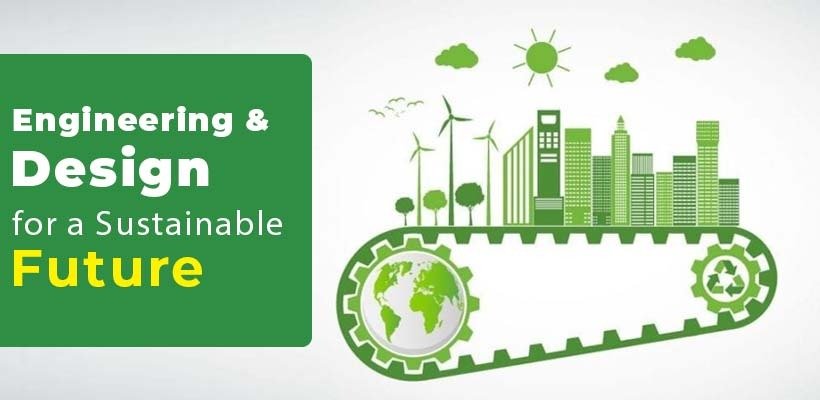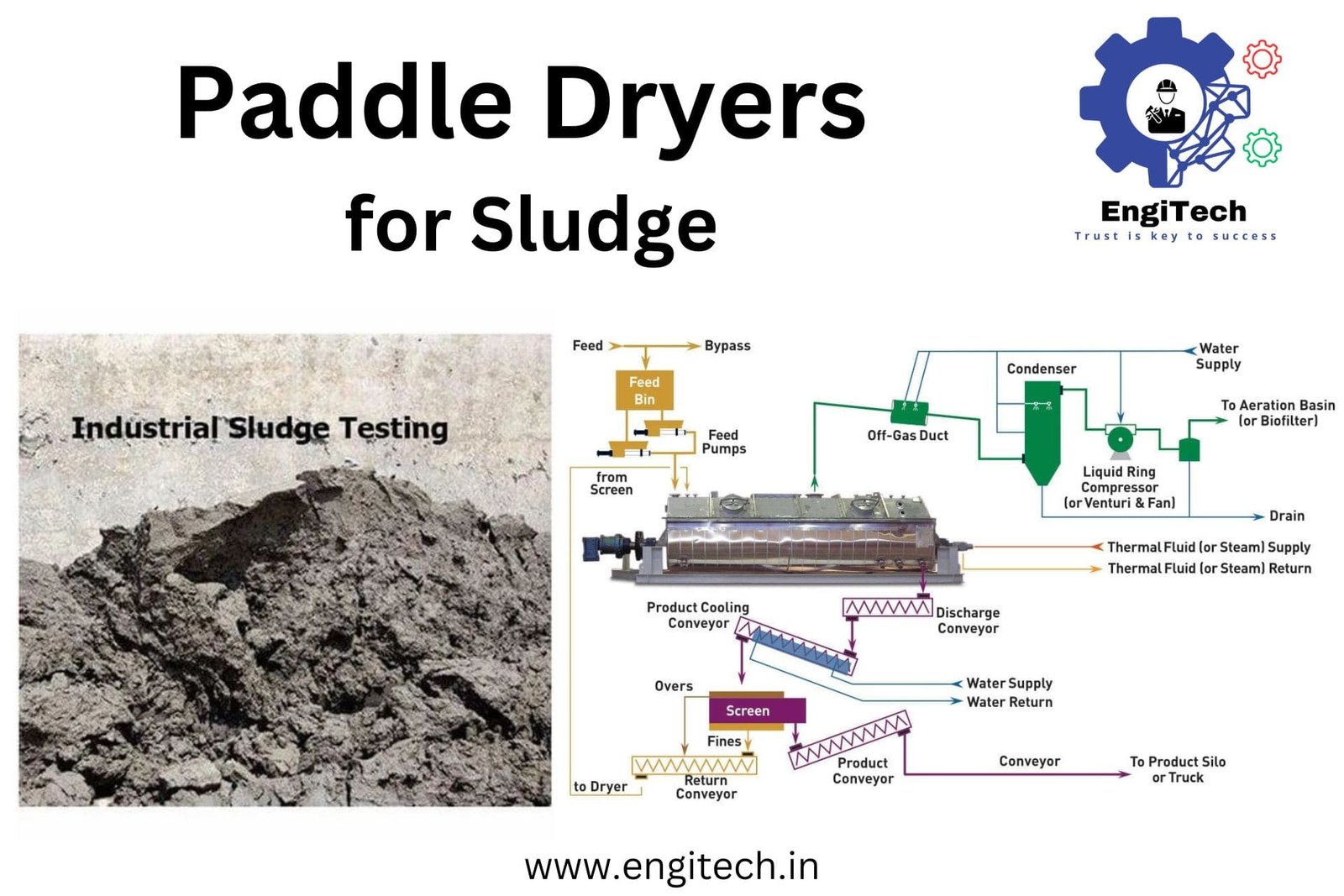Sustainability Engineering : How Engineers Create Sustainable Solutions for Energy, Water, Waste, and Infrastructure

Sustainability engineering focuses on integrating environmental, economic, and social considerations into engineering practices to develop sustainable solutions. By balancing technological advancement with environmental stewardship and social responsibility, sustainability engineers create innovative solutions for current and future generations. This blog explores the principles of sustainability engineering, its applications, challenges, and future trends.
Questions This Blog Will Answer:
- What is sustainability engineering?
- What are the key principles of sustainability engineering?
- How is sustainability engineering applied in various sectors?
- What challenges do sustainability engineers face?
- What are the future trends in sustainability engineering?
What is Sustainability Engineering?
Sustainability engineering involves designing, implementing, and managing processes and systems that promote sustainability. Sustainability engineers minimize environmental impact, enhance social equity, and ensure economic viability. They work across various industries to develop solutions that address present needs without compromising the future.

Key Principles of Sustainability Engineering
Sustainability engineering relies on several core principles:
1. Life Cycle Thinking
Life cycle thinking involves considering the entire life cycle of a product or process, from raw material extraction to disposal. This approach helps identify opportunities to reduce environmental impact at each stage.
2. Resource Efficiency
Resource efficiency focuses on minimizing the use of natural resources and maximizing efficiency. This includes optimizing energy consumption, reducing waste, and using renewable resources whenever possible.
3. Pollution Prevention
Pollution prevention aims to eliminate or reduce pollutants at the source rather than treating them afterward. This proactive approach helps minimize environmental and health risks.
4. Social Equity
Social equity ensures that sustainable engineering practices benefit all society members. This principle emphasizes fair distribution of resources, opportunities, and benefits and includes marginalized and vulnerable communities.
5. Economic Viability
Economic viability ensures that sustainable engineering solutions are cost-effective and economically sustainable. This principle involves evaluating the financial implications of sustainability initiatives and balancing short-term costs with long-term benefits.
Applications of Sustainability Engineering
Sustainability engineering applies across various sectors, including:
1. Energy
Sustainability engineering plays a crucial role in the energy sector by promoting renewable energy sources and improving energy efficiency.
- Renewable Energy: Engineers design and implement systems for solar, wind, hydro, and bioenergy to reduce reliance on fossil fuels and lower greenhouse gas emissions.
- Energy Efficiency: Engineers optimize energy use in buildings, industries, and transportation to reduce energy consumption and costs.
2. Water Management
Sustainability engineering addresses water scarcity and quality issues by developing efficient water management practices and technologies.
- Water Conservation: Engineers implement water-saving technologies and practices in agriculture, industry, and households.
- Wastewater Treatment: Engineers design systems to treat and reuse wastewater, reducing fresh water demand and preventing water pollution.
3. Waste Management
Sustainability environmental engineering promotes sustainable waste management practices to minimize environmental impact and maximize resource recovery.
- Recycling and Reuse: Engineers develop systems for recycling and reusing materials to reduce waste and conserve resources.
- Waste-to-Energy: Engineers design facilities that convert waste into energy, reducing landfill use and generating renewable energy.
4. Sustainable Infrastructure
Sustainability engineering contributes to the design and construction of sustainable infrastructure, including buildings, transportation systems, and urban planning.
- Green Buildings: Engineers design energy-efficient buildings with sustainable materials and technologies, such as green roofs and solar panels.
- Sustainable Transportation: Engineers develop public transportation systems, bike lanes, and pedestrian-friendly infrastructure to reduce reliance on personal vehicles and lower emissions.
- Urban Planning: Engineers plan and design sustainable cities that promote efficient land use, reduce environmental impact, and enhance quality of life.
5. Manufacturing
Sustainability engineering transforms manufacturing processes to minimize environmental impact and promote resource efficiency.
- Eco-Design: Engineers design products with minimal environmental impact throughout their life cycle, considering factors such as material selection, energy use, and end-of-life disposal.
- Lean Manufacturing: Engineers implement lean manufacturing practices to reduce waste, improve efficiency, and enhance productivity.

Challenges in Sustainability Engineering
Sustainability engineers face several challenges, including:
1. Balancing Competing Interests
Sustainability engineers must balance environmental, economic, and social interests, which can sometimes conflict. For example, implementing a sustainable solution may have high upfront costs that are difficult to justify economically, even though it offers long-term environmental benefits.
2. Technological Limitations
The development and implementation of sustainable technologies can be limited by current technological capabilities. Engineers must innovate and push the boundaries of existing technologies to develop more effective and efficient sustainable solutions.
3. Regulatory and Policy Barriers
Sustainability engineers often work within complex regulatory and policy frameworks that can impede the implementation of sustainable solutions. Navigating these barriers requires a thorough understanding of relevant laws and regulations and effective advocacy for policy changes.
4. Public Awareness and Acceptance
Gaining public support for sustainable initiatives can be challenging. Engineers must effectively communicate the benefits of sustainability and engage with communities to build trust and acceptance.
5. Resource Constraints
Implementing sustainable solutions often requires significant financial and human resources. Engineers must find ways to optimize resource use and secure funding for sustainability projects.
Future Trends in Sustainability Engineering
Several emerging trends and technologies are shaping the future of sustainability engineering:
1. Advancements in Renewable Energy
Continued advancements in renewable energy technologies, such as solar, wind, and bioenergy, will drive the transition to a sustainable energy future. Engineers will focus on improving the efficiency and affordability of these technologies.
2. Circular Economy Approaches
The adoption of circular economy principles will transform how we design, produce, and consume goods. Engineers will develop systems that prioritize resource recovery, recycling, and reuse to minimize waste and environmental impact.
3. Smart and Connected Systems
The integration of smart technologies and the Internet of Things (IoT) in sustainability engineering will enable real-time monitoring and management of environmental systems. This can improve efficiency and responsiveness in addressing environmental issues.
4. Green Infrastructure
Green infrastructure, such as green roofs, urban forests, and permeable pavements, will become more prevalent in urban planning. Engineers will design and implement these solutions to enhance urban resilience and reduce environmental impact.
5. Climate Resilience and Adaptation
As the impacts of climate change become more apparent, sustainability engineers will play a critical role in developing resilient infrastructure and strategies for adapting to changing environmental conditions.

Case Studies in Sustainability Engineering
Renewable Energy in Denmark
Denmark has become a global leader in renewable energy, with a significant portion of its electricity generated from wind power. The country has invested heavily in wind energy technology and infrastructure, demonstrating the economic and environmental benefits of transitioning to renewable energy.
Water Management in Singapore
Singapore has developed an advanced water management system that includes water conservation, wastewater treatment, and water reuse. The country’s NEWater program, which treats and reuses wastewater, has significantly reduced its reliance on imported water and enhanced water security.
Sustainable Infrastructure in the Netherlands
The Netherlands has implemented innovative sustainable infrastructure solutions, such as floating homes and permeable pavements, to address challenges related to climate change and urbanization. These solutions enhance urban resilience and reduce environmental impact.
Conclusion
Sustainability engineering is a dynamic and essential field that addresses some of the most critical challenges facing our planet. By applying scientific and engineering principles, sustainability engineers develop innovative solutions to protect and improve the environment. As the field continues to evolve, sustainability engineers will play a vital role in creating a sustainable future for all.
For more in-depth articles and resources on sustainability engineering and related technologies, visit EngiTech.in. Stay updated on the latest advancements and applications in the field!


